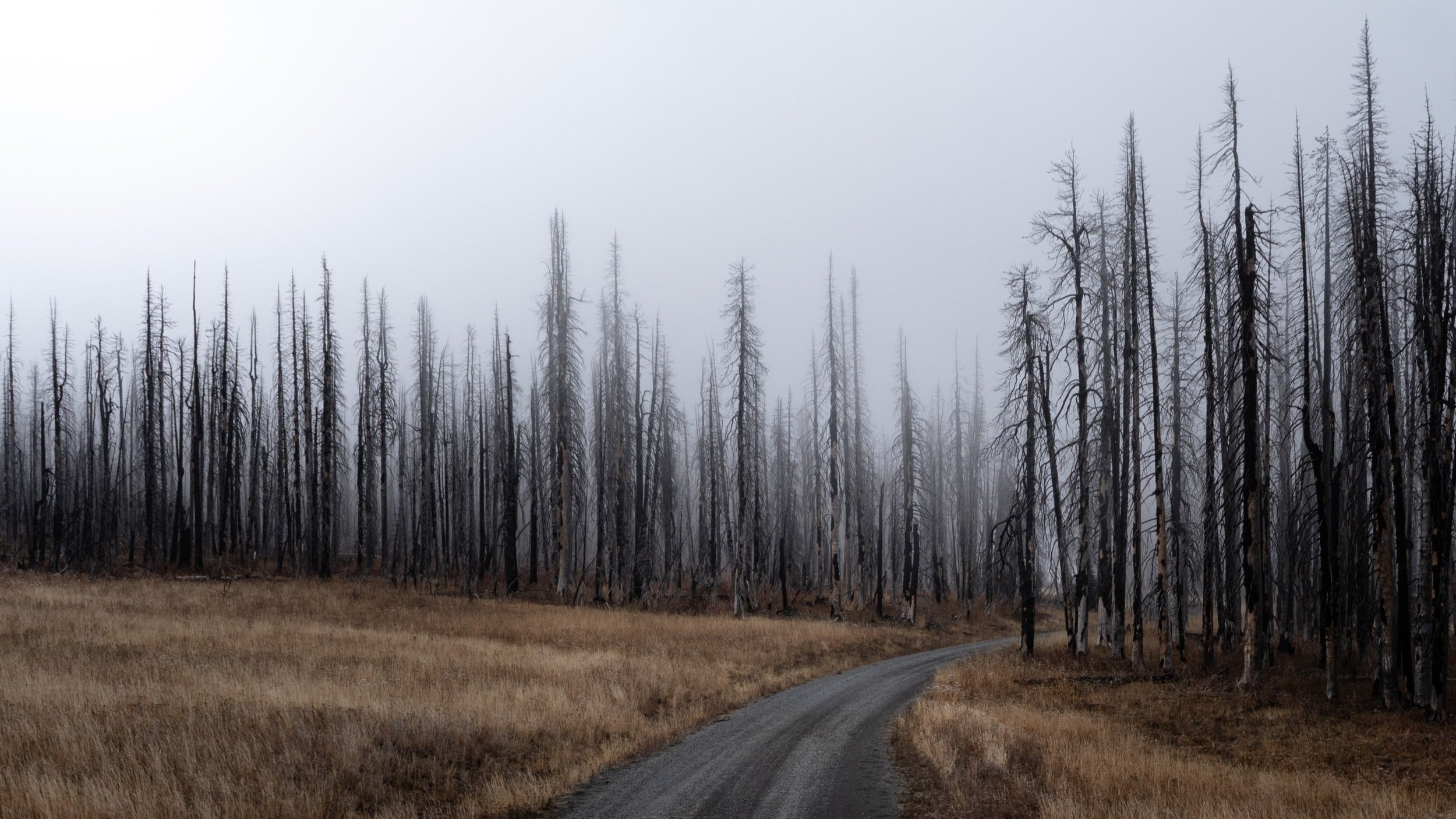Trauma is a word used in many different contexts and often we don’t actually know quite what it means. It can be difficult sometimes to know if what we have experienced is traumatic and often I have seen individuals shy away from using the word for fear they are exaggerating their story.
So what makes up a traumatic experience?
Traumatic experiences are anything you have been through that has not been fully processed. This means that the memory, the physical sensation, or the emotions associated with this event or experience stay with you after the actual event has past. Many times this can cause distressing feelings and may impact our relationships, our trust, and our overall quality of life.
Trauma does not look the same for each person. Trauma can present itself so differently depending on the experience and sometimes my clients don’t even realize they have been through something traumatic until they are in the office.
So how does trauma express itself?
Our mind body connection is so strong, and the impact of trauma is a perfect example of how they work together. When something traumatic happens our brain will activate to let us know that something is wrong and will go into survival mode to protect us. This activates parts of our body that needs to take action.
For example, when we get the alert that we are in danger from our fear center in our brain (the amygdala) our blood may rush from any nonessential function in that moment such as our digestive system and extremities and go to the essential organs where we need the energy to either fight, flight, freeze, or fawn. Our bodies do this to protect ourselves and survive whatever threat is approaching.
Often following a trauma our bodies will shake or need movement in order to discharge the traumatic energy. If you have been through a scary or distressing situation it’s an important tool to move your body afterwards. This lets your body recognize that the event is over and helps to release some of the stress your body has experienced.
Trauma does not always show up as a memory or a nightmare. It is actually very common not to have a memory of the event at all. This is because our memory center of the brain (the hippocampus) does not function well when it is flooded with stress hormones. We may completely disassociate during an event and our brain may take our memory completely offline to protect ourselves from reliving the moment.
When this happens the trauma may appear in our bodies. We may have body memory of a specific traumatic event such as experiencing sensations that bring up distressing emotions, experiencing pain in the body, having difficulty digesting, or experiencing health issues that become apparent after the traumatic event. Many sexual assault survivors for example (whether they remember the event or not) have a disconnect or difficulty when engaging in intimate acts such as not being able to be present, experiencing pain, fear, or lack of enjoyment.
If you are experiencing anything like this, you are not alone.
Trust typically gets shattered after a traumatic event and we may have difficulty feeling safe and secure when anything similar to our difficult experience approaches. This can impact our relationships deeply, can impact our confidence, and can get in the way of us trusting our own instincts and decisions. Trauma can make us feel lost, depressed, isolated, and anxious, among other symptoms.
Trauma can heal through relationships.
The good news is that we can connect in relationships with others and ourselves in a way that will process through these experiences and make them less painful and disruptive in our lives. It’s very difficult to process through these experiences on our own and many times it takes a relationship to assist us in this healing process. A corrective experience within a healthy and safe relationship can help to rebuild those strings of trust and can repair the belief systems built through our difficult experiences. This is why therapy can be such a powerful process to help us reclaim the life we once had, or step into the life that we want.
If you are connecting to the symptoms of trauma as you read this and would like assistance in processing through your past experiences through the help of a therapist, please don’t hesitate to reach out. WildSense Therapy is always trauma informed and uses experiential and relational ways of working with you through even your toughest experiences.
Learn more about trauma informed care here.





































